List of animal sounds
| Picture | Animal | Description | Sound |
|---|---|---|---|
 | Alligator | bellow, hiss | |
 | Alpaca | alarm call, cluck/click, hum, orgle, scream [2] | |
 | Antelope | snort [3] | |
 | Badger | growl [4] | |
 | Bat | screech, [5] squeak, eek | |
 | Bear | roar, growl | |
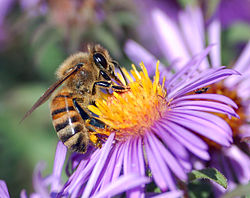 | Bee | buzz | |
 | Big cat (Tiger, Lion, Jaguar, Leopard) | roar, [6] growl, [7] snarl [8] | |
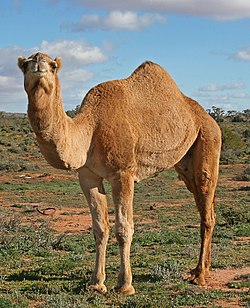 | Camel | grunt | |
 | Capybara | squeak, [9] chatter, bark | |
 | Cat | mew, meow, purr, hiss, trill, chirp, chatter, caterwaul, growl | |
 | Cattle | moo, low | |
 | Chicken | cluck, buck, crow [10] cha-caw, bah-gawk (female) [11] cock-a-doodle-doo (male) | |
 | Chinchilla | squeak [12] | |
 | Cicada | chirp [13] | |
 | Crab | chirp, click, creak [15] [ better source needed ] | |
 | Crane | clang | |
 | Cricket | chirp | |
 | Crow | caw, cah [16] | |
 | Crocodile | hiss, growl | |
 | Curlew | pipe [17] | |
 | Deer | bellow, bell (buck), bleat (doe, fawn) | |
 | Dog | arf, bark, boof, bay, howl, growl, snarl, moan, whine, whimper, yelp, scream, sigh, sneeze, woof, yip, yap | |
 | Dolphin | click, [18] whistle, [19] squeal | |
 | Donkey | hee-haw, [20] bray | |
 | Duck | quack | |
 | Eagle | screech [21] | |
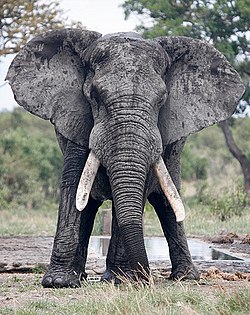 | Elephant | trumpet, snort, rumble, growl, roar | |
 | Elk | bugle (male), [22] bleat (calves) [23] | |
 | Ferret | dook [24] | |
 | Fly | buzz [25] | |
 | Fox | bark, scream, howl, snore, gecker [26] | |
 | Frog | croak, ribbit, chirp | |
 | Gaur | low, moo | |
 | Giraffe | bleat, [27] hum [28] | |
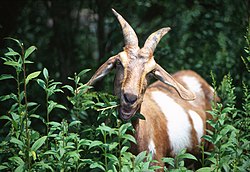 | Goat | bleat, maa | |
 | Goose | honk, hiss | |
 | Grasshopper | chirp [29] | |
 | Guinea pig | wheek [30] | |
 | Hamster | squeak [31] | |
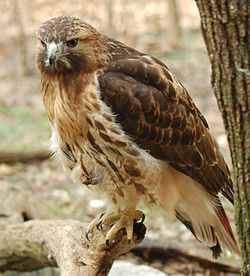 | Hawk | screech | |
 | Hermit crab | chirp [32] | |
 | Hippopotamus | growl, [33] grunt, snort | |
 | Hornet | buzz | |
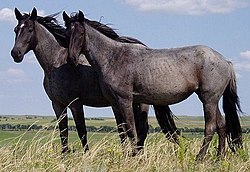 | Horse | neigh, whinny, nicker, hoofbeats (clip-clop) | |
 | Hyena | laugh | |
 | Jackal | gecker [7] | |
 | Koala | bellow, shriek | |
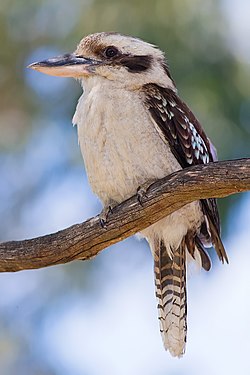 | Laughing kookaburra | laugh | |
 | Lemur | chatter, whoop | |
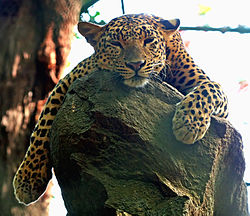 | Leopard | roar, growl, snarl | |
 | Linnet | chuckle [34] | |
 | Lion | roar, growl, snarl | |
 | Lizard | hiss | |
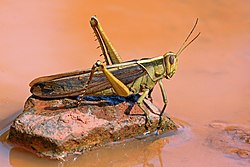 | Locust | chirp [29] | |
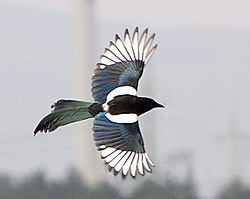 | Magpie | chatter [35] | |
 | Meerkat | bark | |
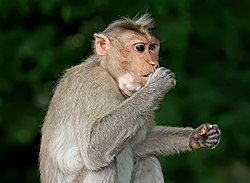 | Monkey | scream, chatter, gecker, [7] howl | |
 | Moose | bellow [36] | |
 | Mosquito | buzz, whine | |
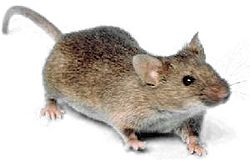 | Mouse | squeak | |
 | Okapi | cough, bellow [37] | |
 | Owl | hoot, hiss, caterwaul for barred owls, twit twoo for tawny owls [38] | |
 | Ox | low, moo | |
 | Parrot | squawk, talk | |
 | Peacock | scream, [39] squawk, honk | |
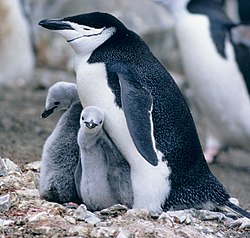 | Penguin | chirp, honk, trumpet, bray | |
 | Pig | oink, [33] [40] snort, [41] squeal, grunt | |
 | Pigeon | coo | |
 | Prairie dog | bark [42] | |
 | Quail | call | |
 | Rabbit | squeak | |
 | Raccoon | trill [43] | |
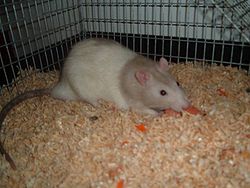 | Rat | squeak | |
 | Raven | caw, cronk | |
 | River otter | blow, chatter, chirp, creek, grunt, hiccup, hiss, scream, squeak, swish, whine, whistle, chatterchirp, [44] [45] purr [46] | |
 | Rook | caw | |
 | Seal | bark [47] | |
 | Sheep | bleat, baa, maa, meh (lambs) | |
 | Snake | hiss, rattle | |
 | Songbird | chirrup, chirp, tweet, sing, warble ( larks / warblers / wrens ), [48] [49] twitter ( sparrows ) [50] | |
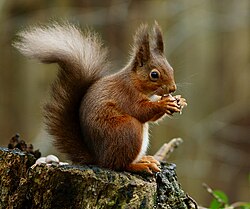 | Squirrel | squeak | |
 | Swan | cry, trumpet, bugle | |
 | Tapir | squeak [51] | |
 | Tokay gecko | croak [52] | |
 | Turkey | gobble | |
 | Turtle | hiss, thurek, tulp | |
 | Whale | sing | |
 | Wild boar | growl, grumble | |
 | Wildebeest | low, moo | |
 | Wolf | howl, growl, bay | |
 | Zebra | bray, bark, whistle, yip, nicker |